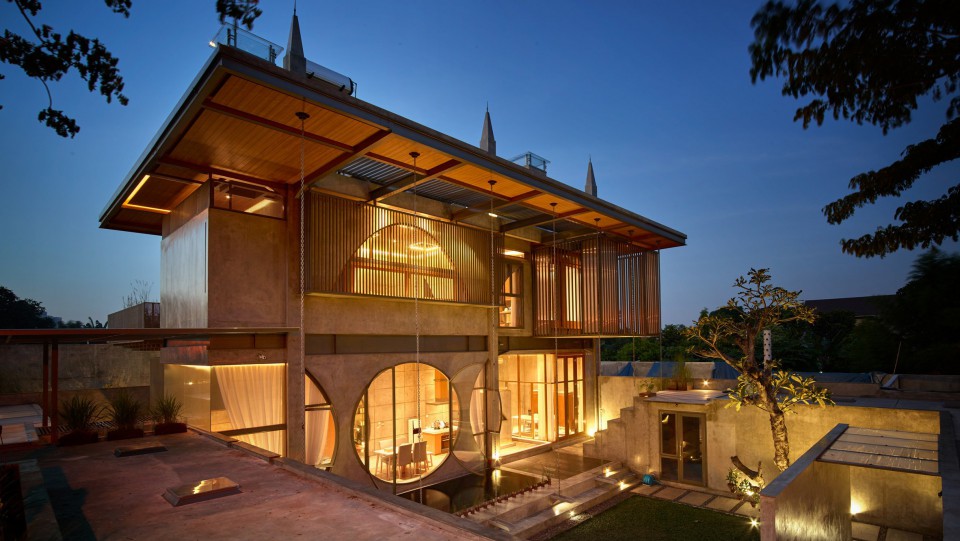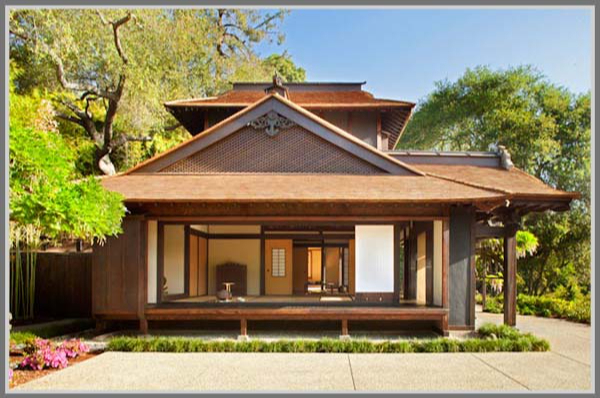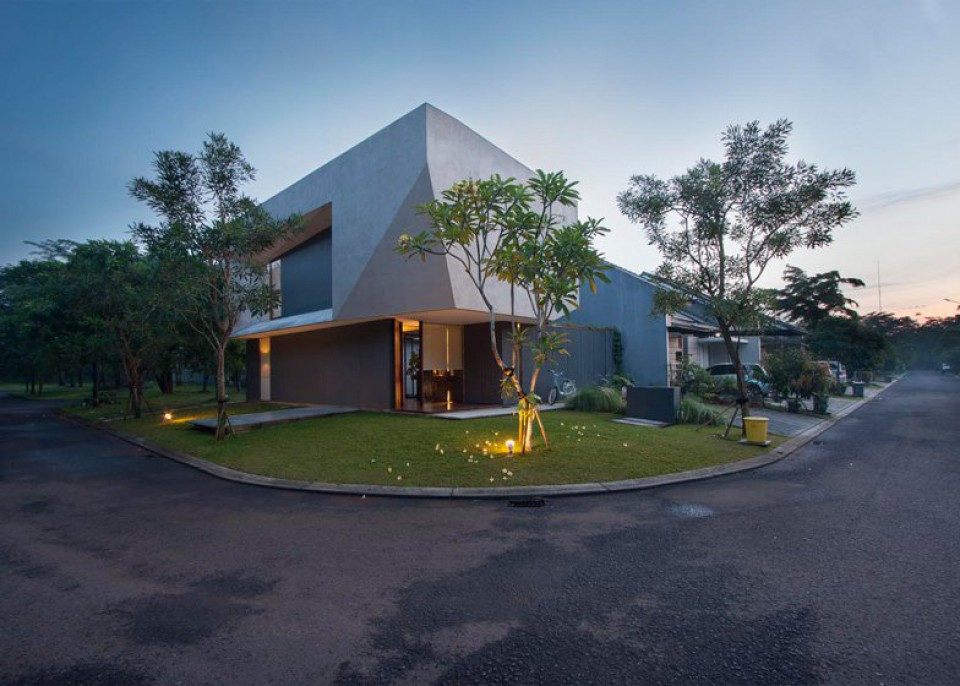Types of Roofs That You Need To Know Before Building Your Dream Home
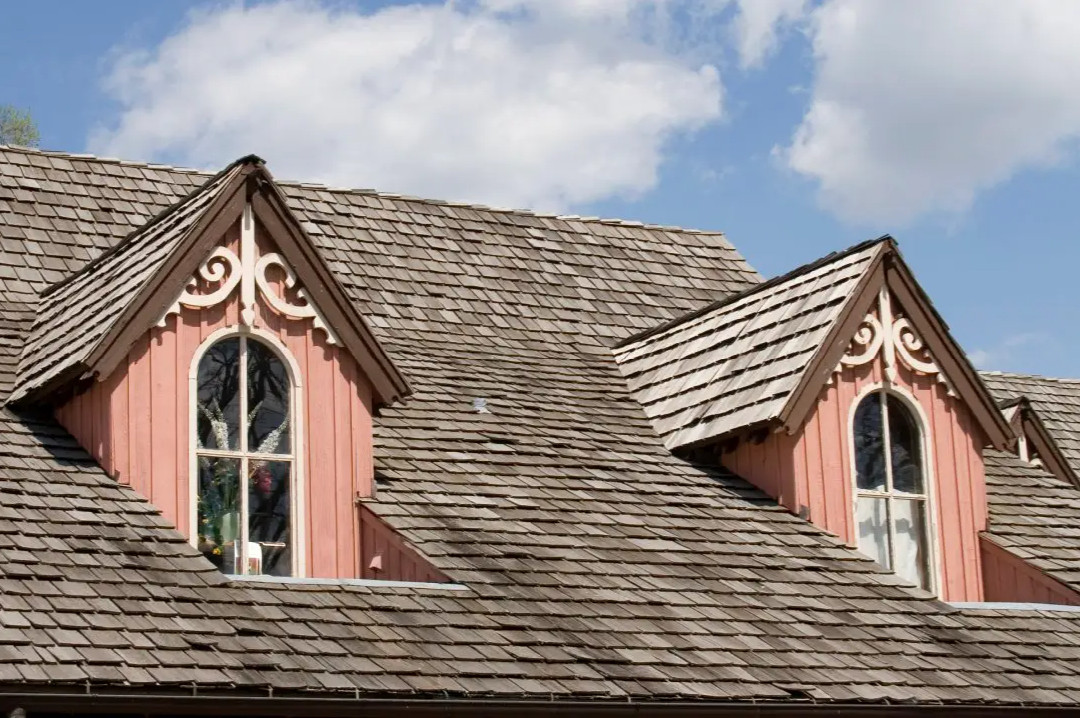
Roof is one of the essential elements in building construction, serving to protect occupants from weather and external environments. Additionally, the roof plays a significant aesthetic role in determining the overall appearance of a house or building. There are various types of roofs that can be selected according to needs, preferences, and environmental conditions.
Primary Functions of a Roof
Weather Protection
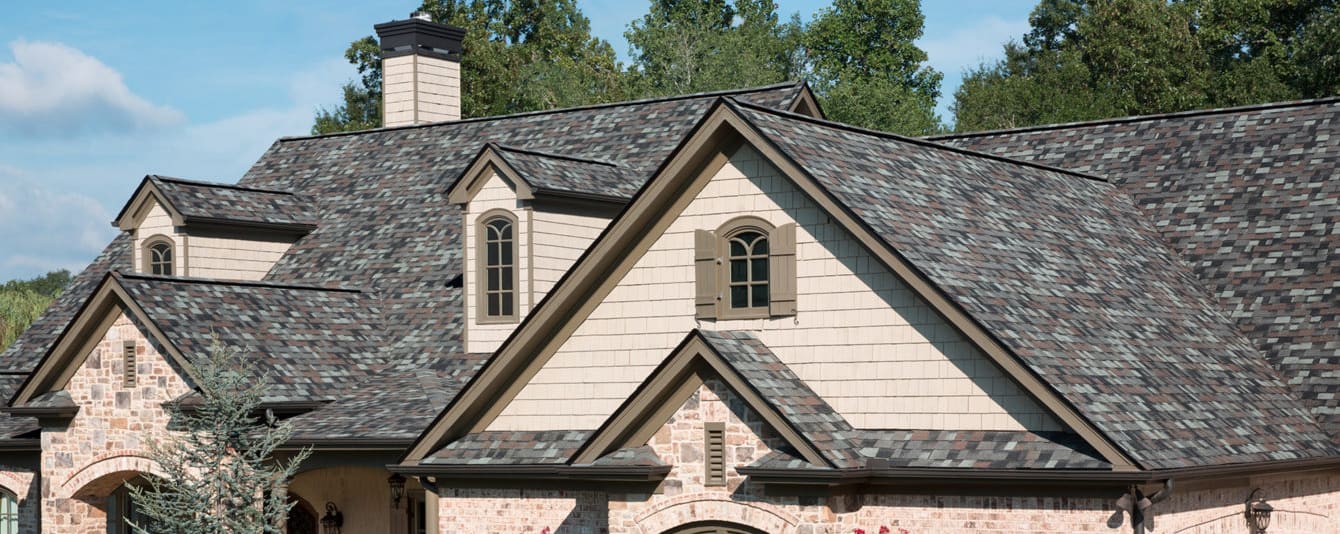
Roofs protect occupants from rain, sunlight, wind, snow, and other weather elements. The right roofing material can help control the temperature inside the building, maintaining coolness in the summer and warmth in the winter.
Structure and Stability
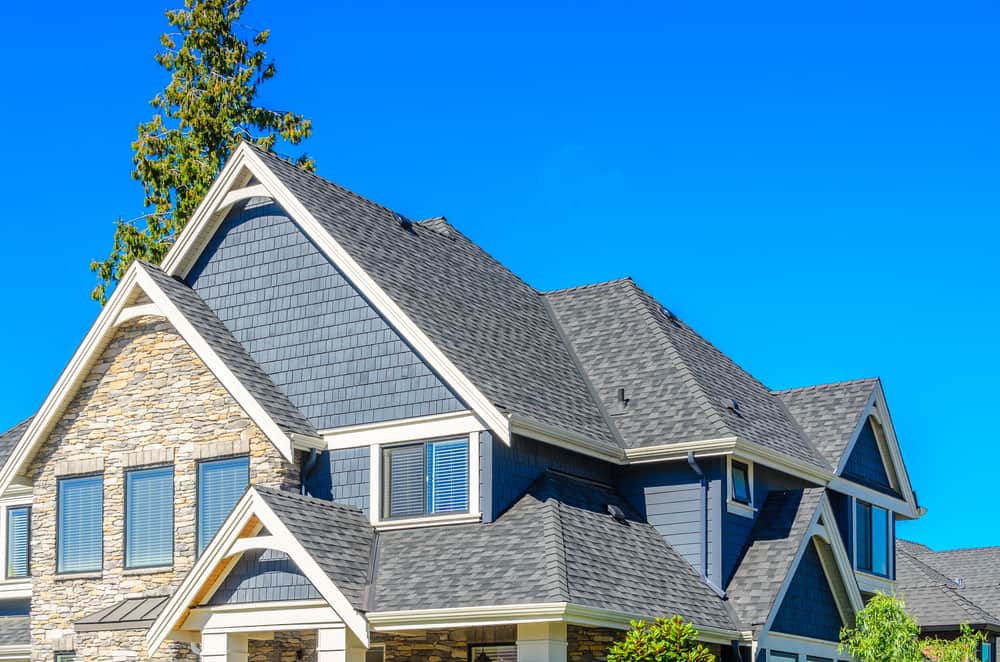
https://www.roofingsupermarket.com.au/assets/uploads/nice-roof-on-house-hs.jpg
The roof functions as a structural element that provides stability to the building. The roof frame helps distribute the load evenly to the walls and foundation of the building.
Aesthetics

https://hansons.com/wp-content/uploads/2021/09/raising-a-roof.jpg
Beyond functionality, the roof also adds aesthetic value to the building. The shape, color, and material of the roof can influence the overall appearance of a house or building.
Water Drainage
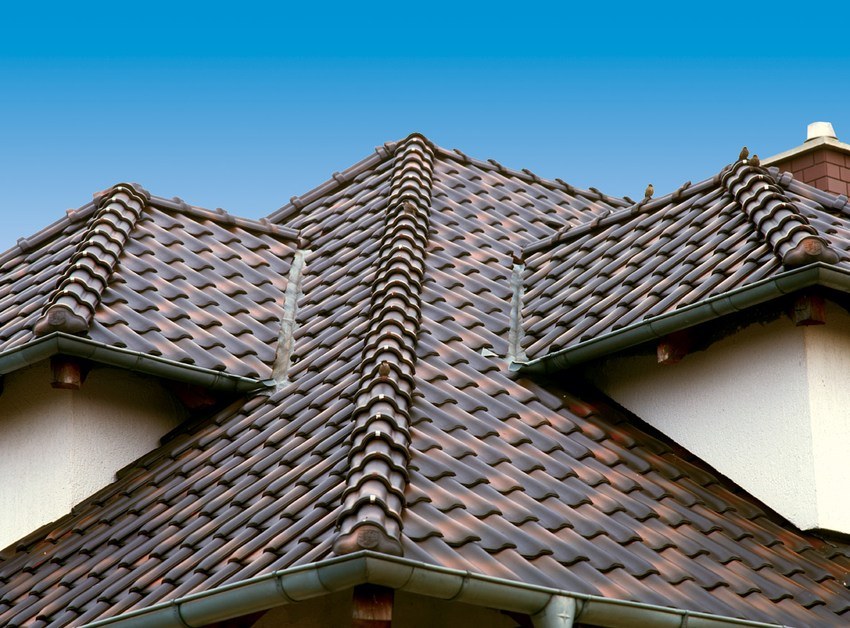
https://ownwoodenhouse.com/img/pages/233.jpg?ver=301470827186
Roofs are designed to channel rainwater to an appropriate drainage system, avoiding water pooling that could damage the building structure and cause leaks.
Types of Roofs
There are various types of roofs to choose from based on functional and aesthetic needs. Here are some of the most commonly used roof types:
Gable Roof
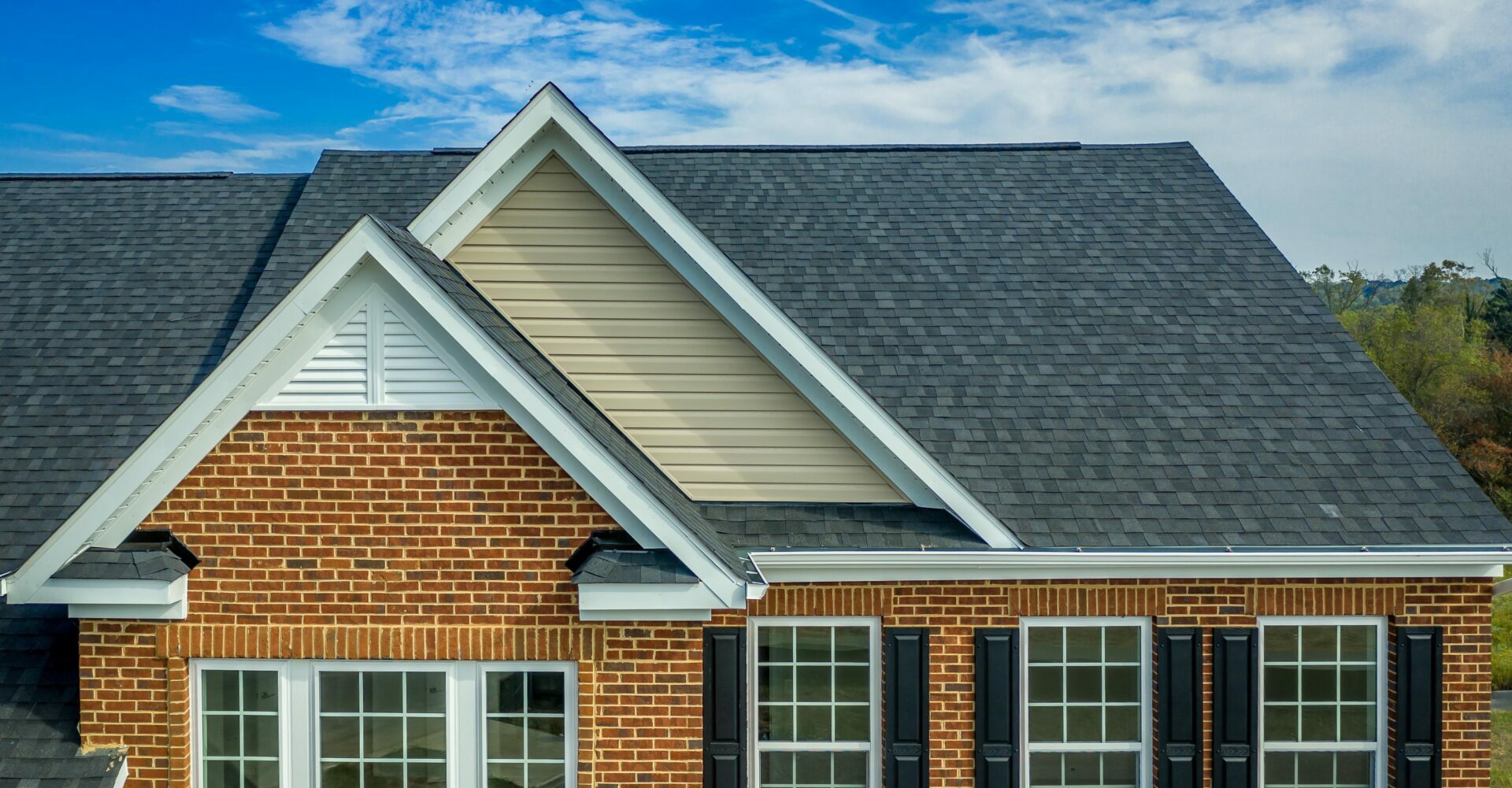
The gable roof is the most common and popular type of roof. It resembles the shape of an "A" with two sloping sides meeting at the peak. This roof is easy to install, relatively inexpensive, and provides ample attic space. Additionally, gable roofs are effective at draining rainwater and snow, making them a good choice for areas with high rainfall.
Flat Roof
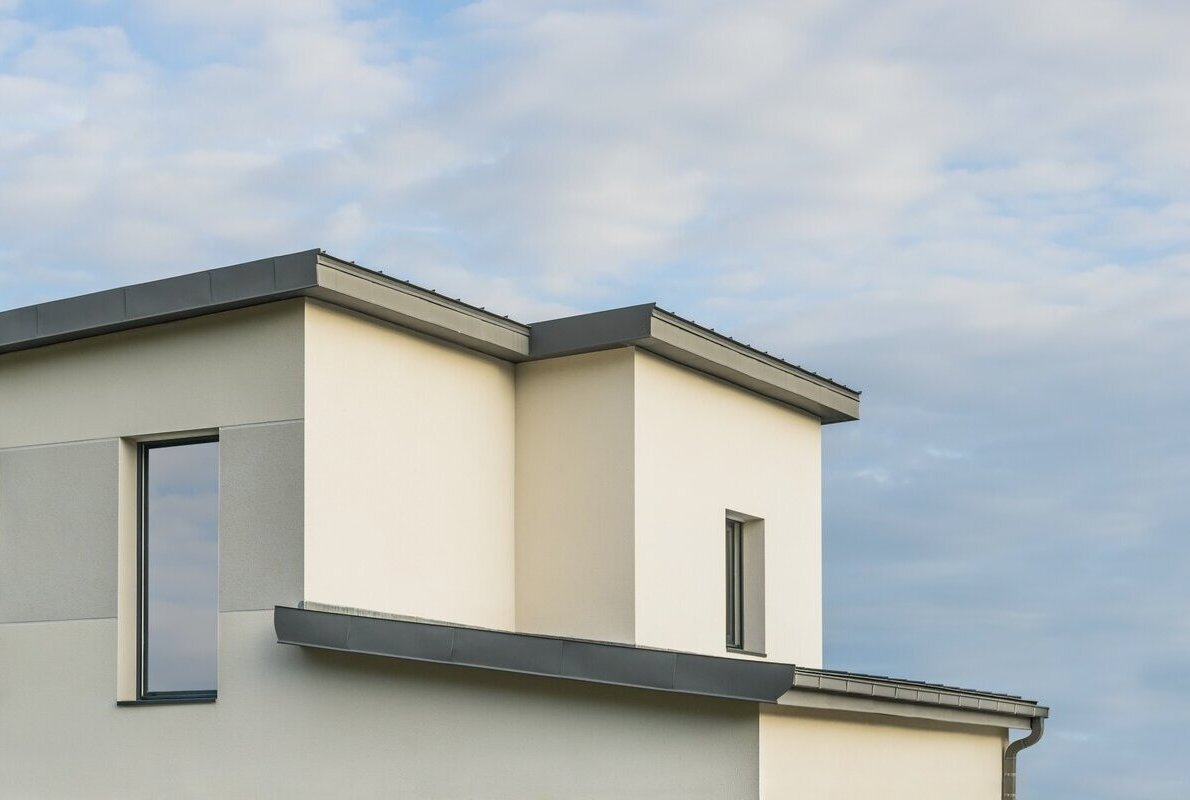
https://strongholdroofing.com/wp-content/uploads/2022/10/flat-roofs.jpg
Flat roofs have a nearly flat surface, with a slight slope to allow water drainage. This type of roof is often used on commercial or industrial buildings but can also be applied to modern homes. The advantage of a flat roof is that it can be used as additional space, such as a rooftop garden or terrace. However, more intensive maintenance is required to avoid leakage problems.
Hip Roof
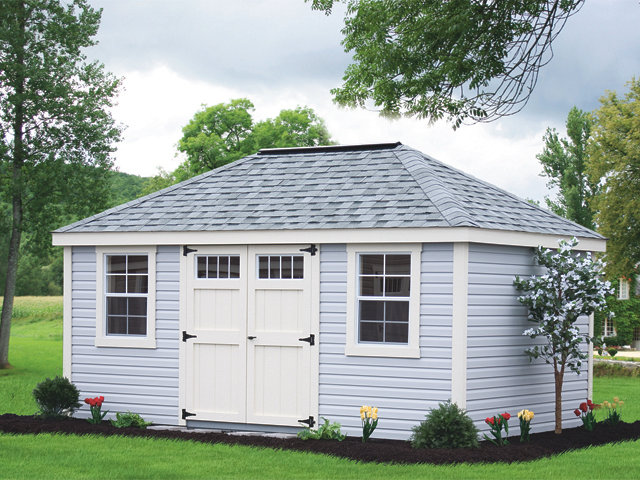
https://d3a0wbzsxhj3je.cloudfront.net/wp-content/uploads/sites/3/2021/05/Shed_Vinly-Hip.jpg
A hip roof has four sloping sides that meet at the peak, providing better stability than a gable roof. This shape is also more resistant to strong winds, making it an ideal choice for areas prone to storms. However, hip roofs are usually more expensive and complicated to install.
Gambrel Roof
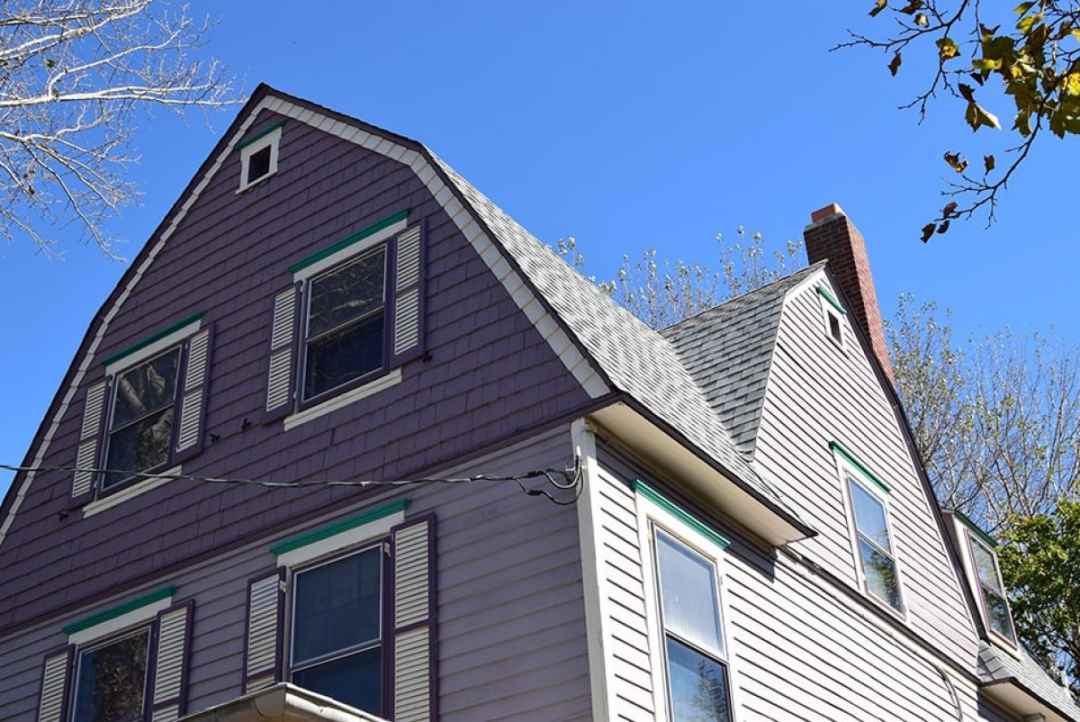
https://dkgroofing.com/wp-content/uploads/2021/02/denton-county-gambrel-roof.jpg
A gambrel roof is a variation of the gable roof, with two slopes on each side. The lower part of the roof has a steeper slope, while the upper part is more gradual. This design provides more attic space, making it often used on barns or traditional-style homes. Gambrel roofs offer ample space inside the building but require good maintenance to maintain their stability.
Mansard Roof
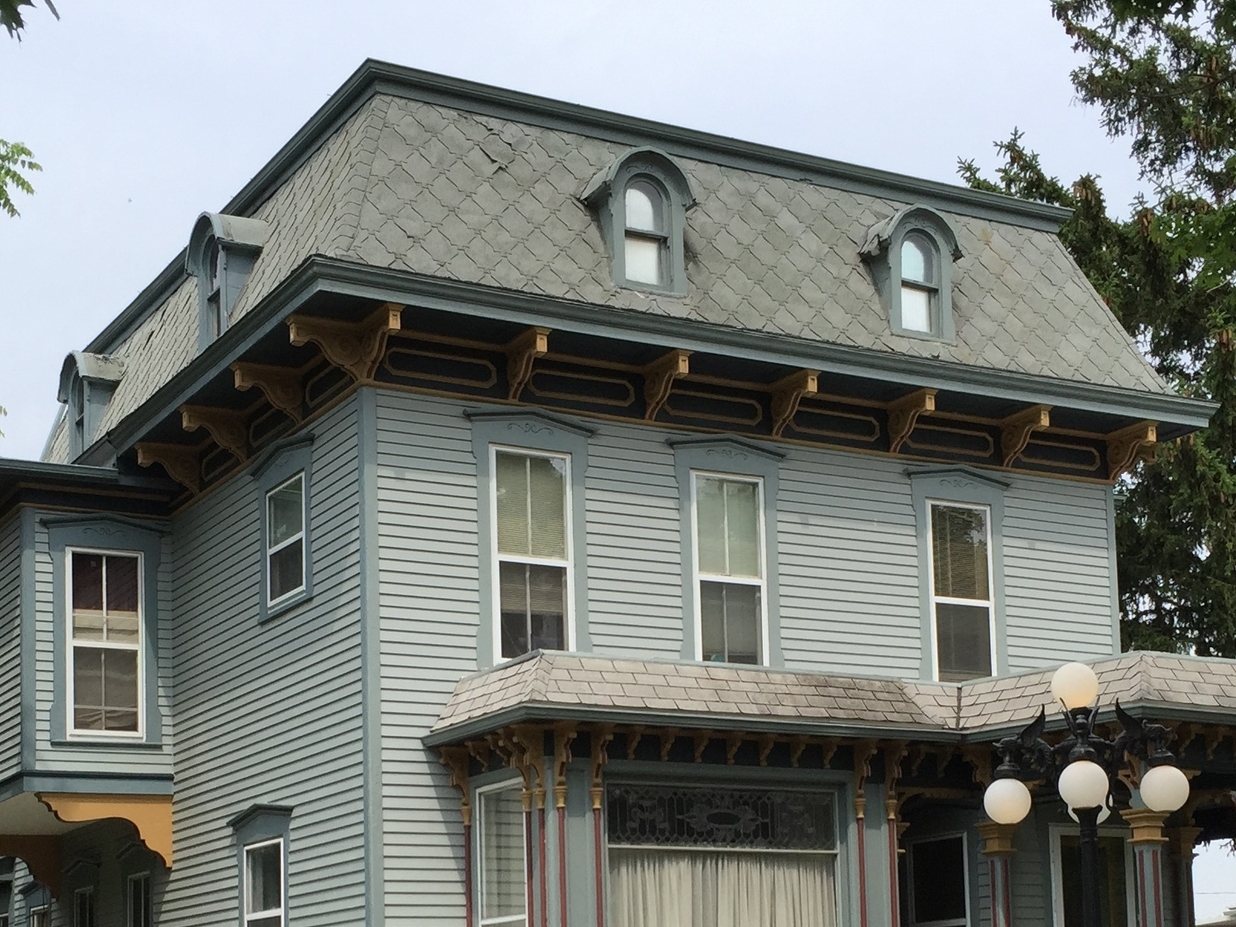
The mansard roof, often referred to as the French roof, is a variation of the gambrel roof with four sides. Each side of the roof has two slopes, with the lower slope being steeper than the upper slope. This design is often used on classical or European-style buildings, providing additional space inside the building that can be used as an attic or extra room.
Shed/Silikon Roof
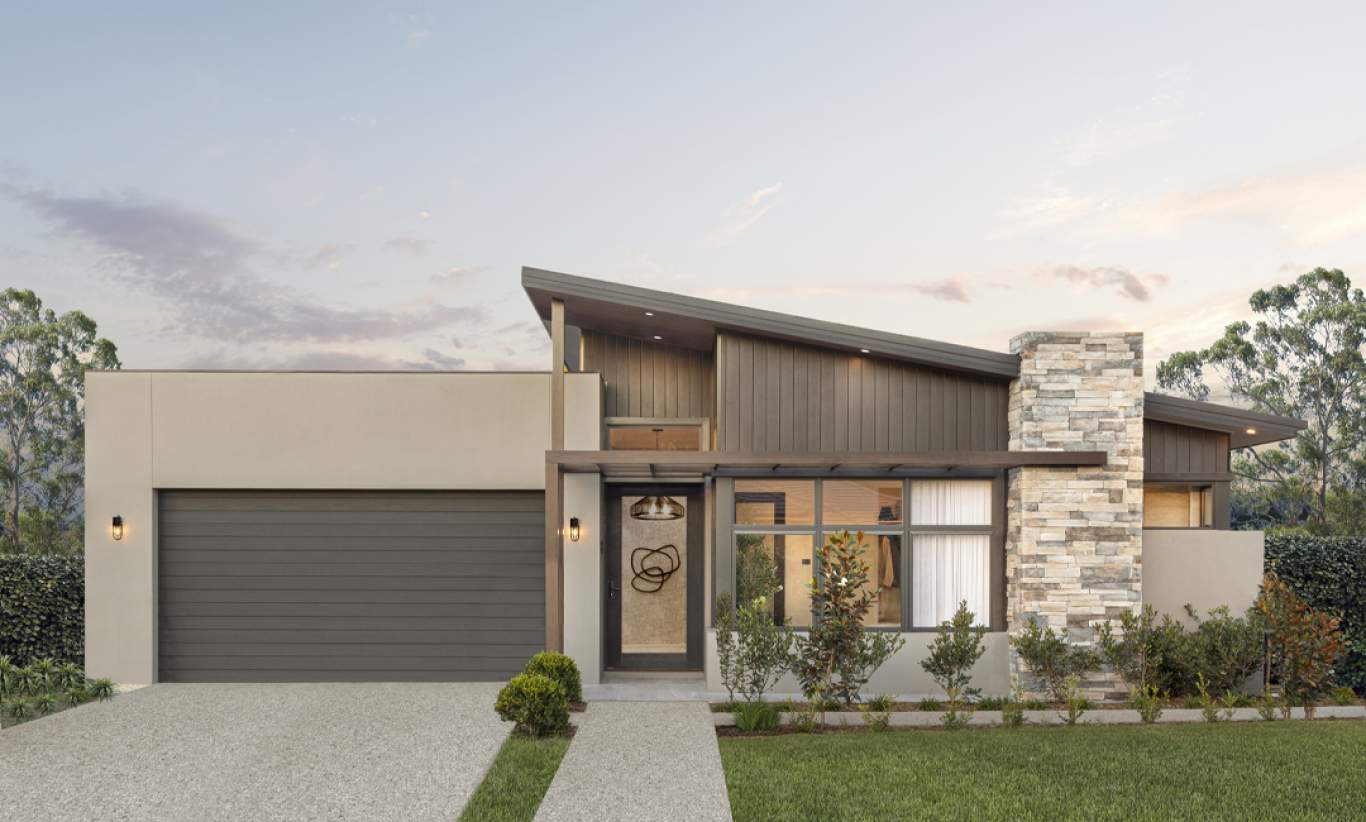
The shed / silikon roof is a single-sloped roof, usually used on building extensions or small structures. Its simple shape and low cost make it a popular choice for garages, sheds, or houses with a minimalist design. The shed roof also allows for easy installation of solar panels, as its sloped surface is optimal for capturing sunlight.
Jerkinhead Roof
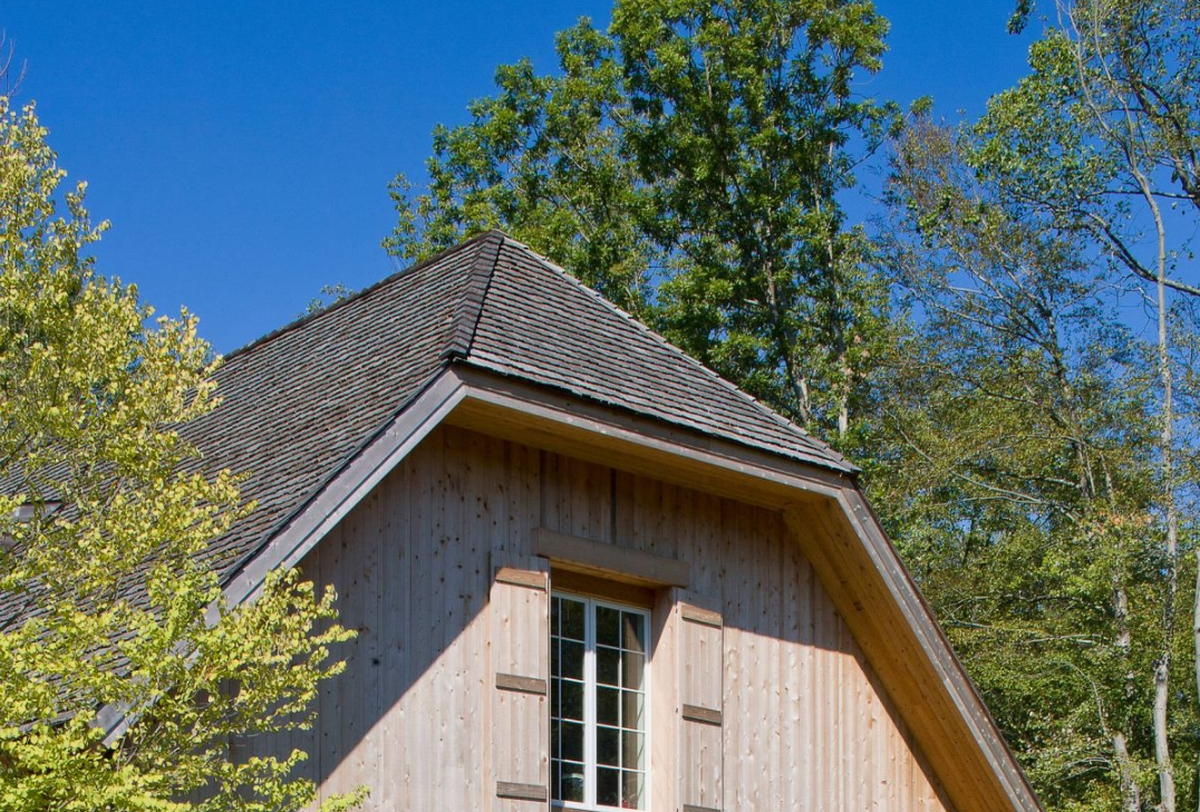
https://cdn.homedit.com/wp-content/uploads/cleaning/Jerkinhead-Roof.jpg
The jerkinhead roof is a combination of gable and hip roofs. The top of this roof resembles a gable roof, but with the sides cut off to form hip roofs at the ends. This design provides better stability than a gable roof while maintaining additional space under the roof. The jerkinhead roof is a good choice for areas with strong winds.
Bonnet Roof
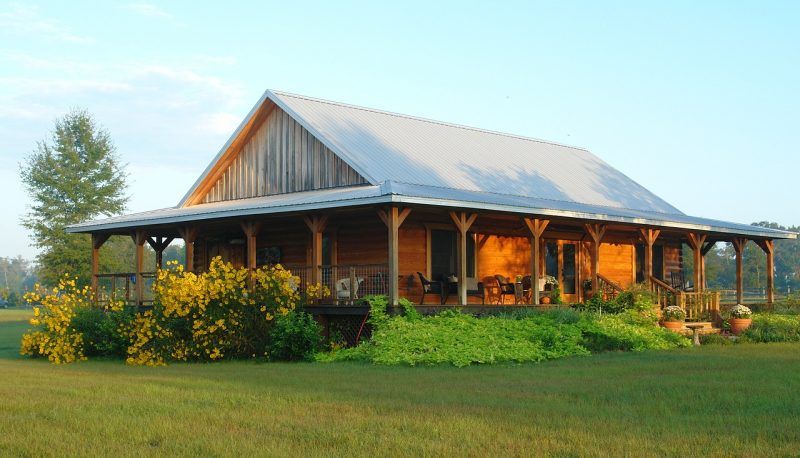
https://i.pinimg.com/originals/f5/f9/0f/f5f90fd6b0d0edc977d3322fbfac0a61.jpg
The bonnet roof is a variation of the hip roof, with an additional gentler slope at the bottom of each side. This design is often used on buildings with porches, as it provides extra protection from rain and sunlight. The bonnet roof also adds an attractive and distinctive aesthetic to the building.
Roof Materials
In addition to roof types, the materials used also play an important role in the functionality and aesthetics of the roof. Some commonly used roofing materials include:
Clay Tiles
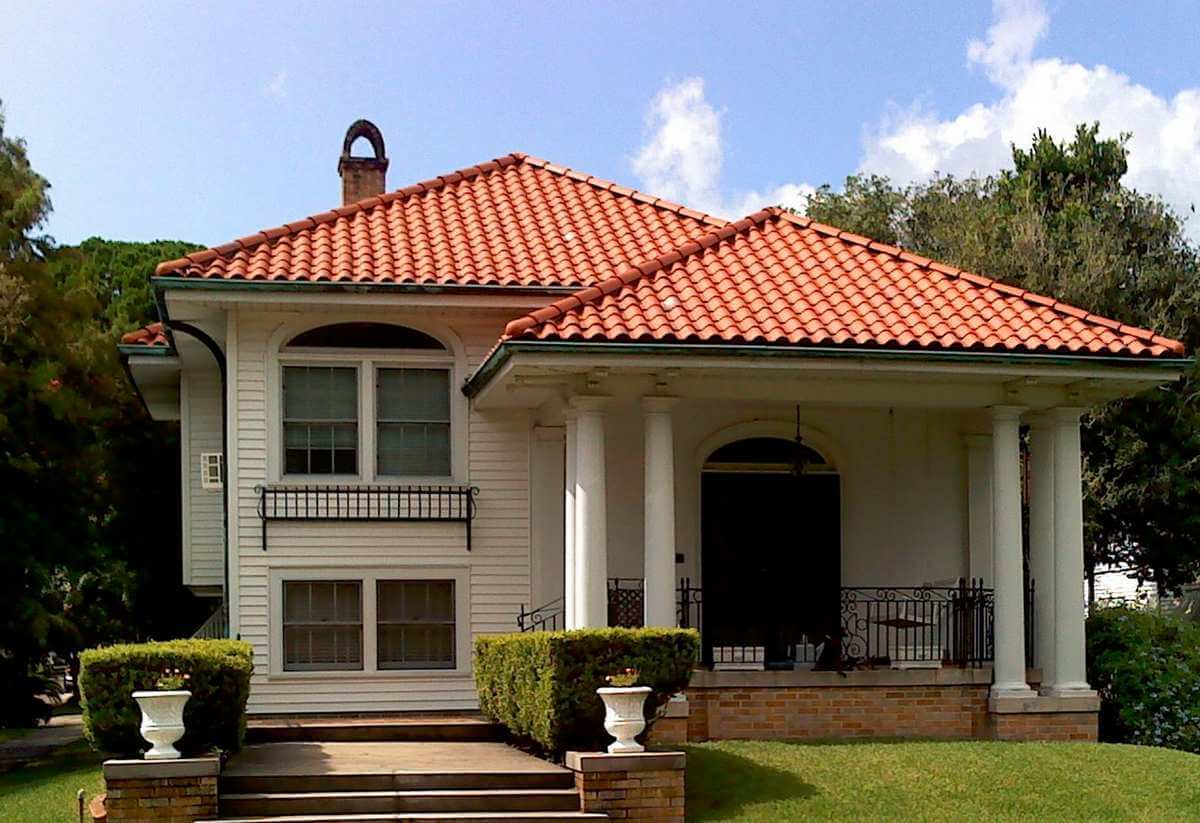
https://eagleroofing.com/2016/11/concrete-roof-vs-clay-roof-differences-may-surprise/clay/
Traditional material that provides a classic look and has good durability.
Asphalt Shingles

https://www.weathertightcorp.com/wp-content/uploads/2019/12/Weather-Tight-Product_asphalt-roof.jpg
A popular material due to its low cost, easy installation, and availability in various colors.
Metal
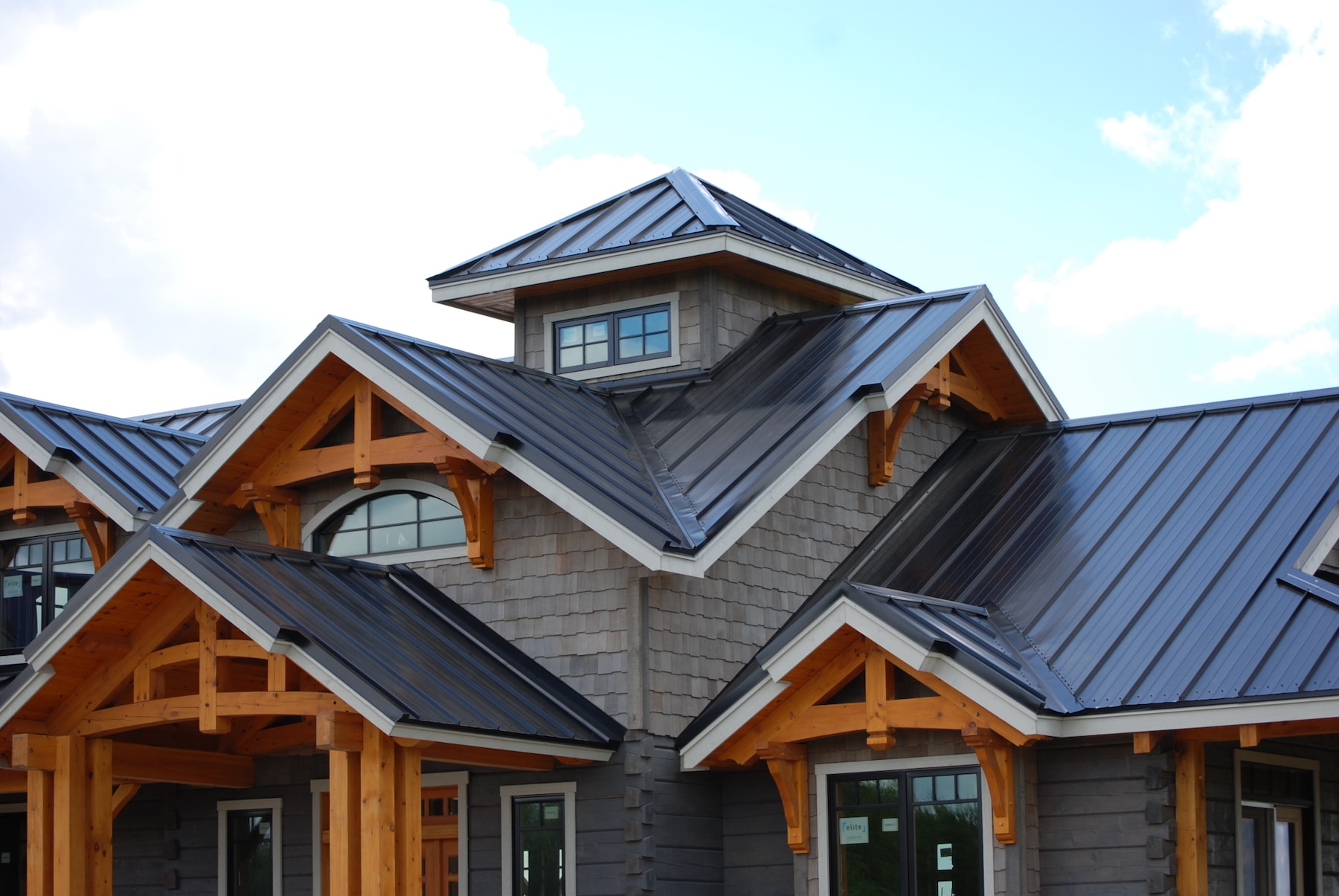
Metal roofs, such as aluminum or steel, are durable, fire-resistant, and ideal for areas with extreme weather conditions.
Concrete Roof
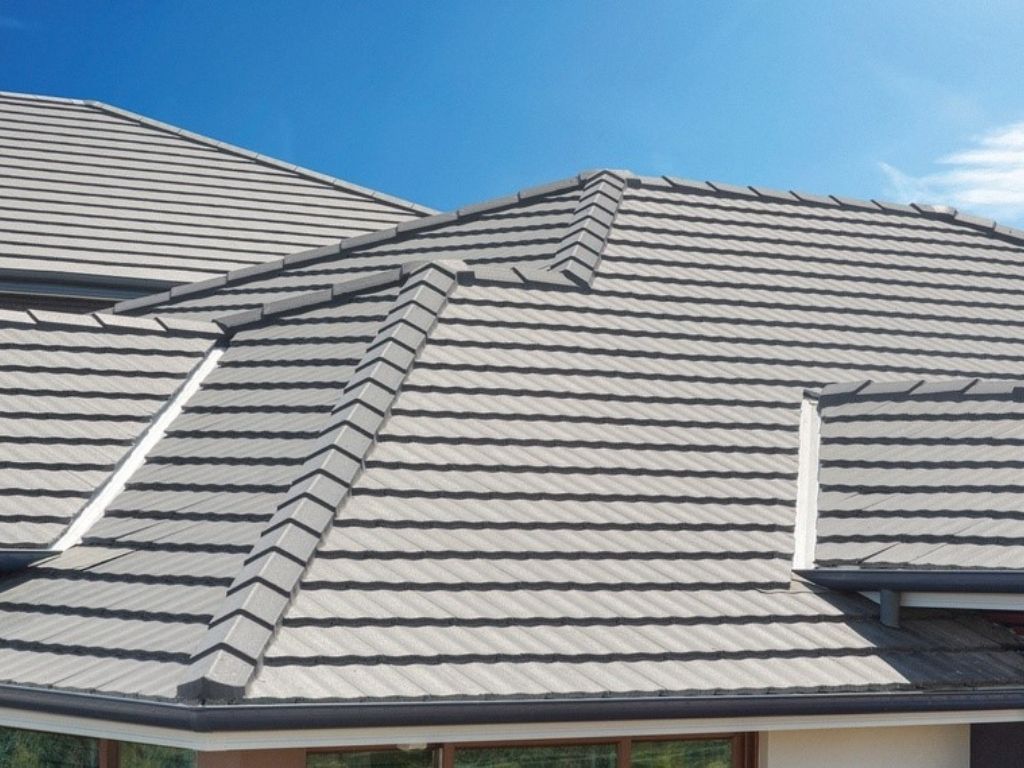
Strong and durable, suitable for areas with extreme weather, but requires strong structural support due to its weight.
Wood Shingles
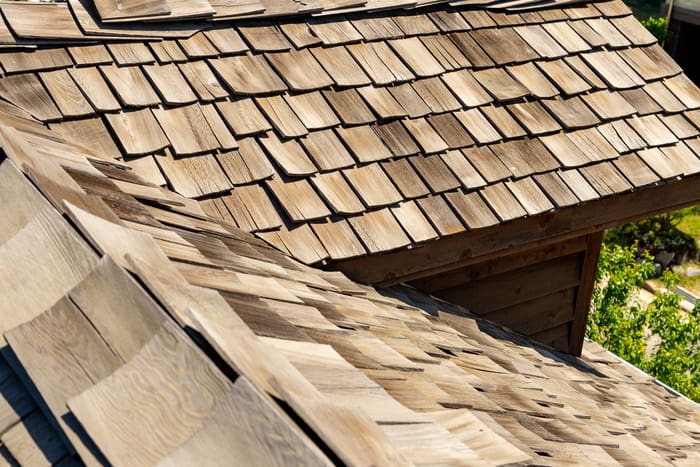
https://palmettoroofers.com/wp-content/uploads/2021/03/wood-shake-roof.jpg
Provide a natural and aesthetic look but require good maintenance to prevent weather damage.
Rubber Membrane
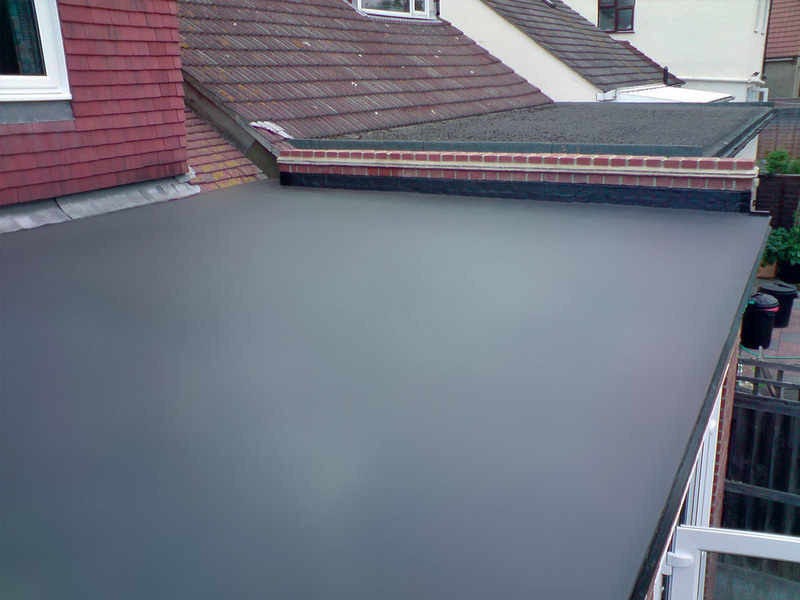
https://miro.medium.com/v2/resize:fit:800/0*5Du0PfbXXIFlXUvG.jpg
Used on flat roofs, resistant to water and UV rays, but requires regular maintenance.
Conclusion
Choosing the right type of roof is a crucial decision that affects the functionality, aesthetics, and comfort of your building. Each type of roof has its advantages and disadvantages, which must be considered based on environmental conditions, budget, and the architectural style of the building. With a good understanding of the various types of roofs and available materials, you can make the right decision to protect and enhance your house or building..


